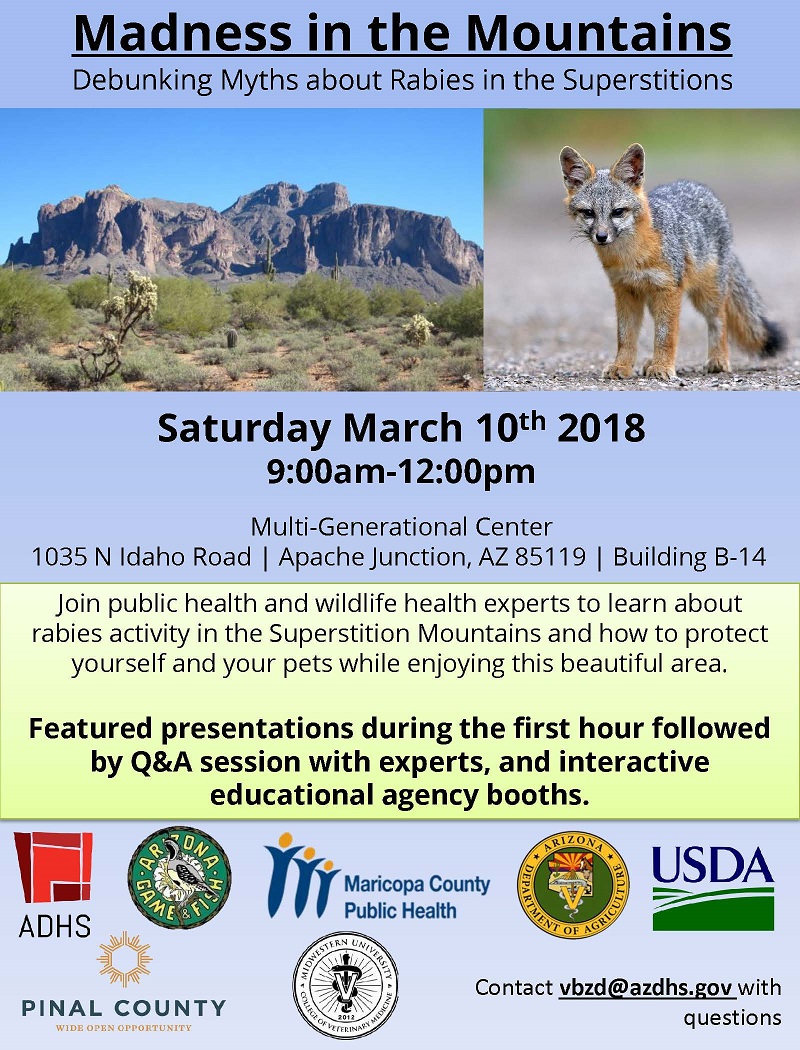With last year’s pandemic, we saw how influenza can be unpredictable in terms of who it affects most, when it occurs, and what strains will circulate. This season we are back to a more usual flu season, at least so far. Our first laboratory-confirmed cases were detected earlier than most years (at the end of September), but influenza just kind of bumped along until it really started picking up speed in the in the last few weeks. All counties have found laboratory-confirmed cases this season, and we’re declaring flu to be at “widespread” levels in this week’s Surveillance Report.
We’ve found all three of the common types of influenza virus in Arizona this season, our old friend Influenza A (H3N2), the 2009 H1N1 pandemic strain and influenza B. In most seasons we see at least two different strains (like this year). Last year was unique, and the H1N1 virus displaced all the other influenza viruses. Our state lab has done a lot of PCR and culture testing to find out more details about the circulating viruses, and the good news is that, so far, the three strains in the vaccine are a good match with the circulating strains in Arizona and nationally.
This year, CDC started distributing vaccine to state and local programs earlier than ever. Despite the fact that there has been plenty of vaccine in Arizona since early fall, demand by the public for flu vaccine has been very light this year. Because Arizona normally has a late season peak in flu, it is not too late to vaccinate. Our Immunizations team continues to work with counties and The Arizona Partnership for Immunization (TAPI) to encourage continuing flu vaccination through the spring. You can find your nearest flu shot clinic by visiting our flu shot locator.












Great Studies, I personally live in Arizona, and have found this blog outstanding, We appreciate the close eye on such health risks, and are very thankful to have quality Arizona Department of Health Services
Leadership.